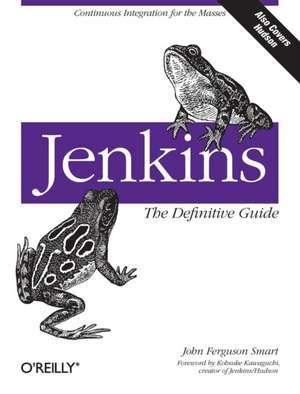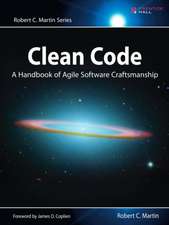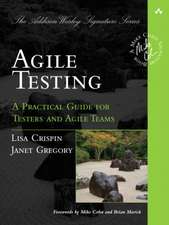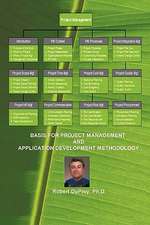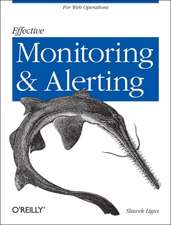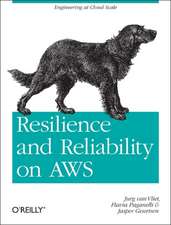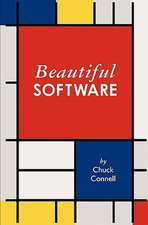Jenkins: The Definitive Guide
Autor John Ferguson Smarten Limba Engleză Paperback – 8 aug 2011
Preț: 259.32 lei
Preț vechi: 324.14 lei
-20% Nou
Puncte Express: 389
Preț estimativ în valută:
45.90€ • 53.50$ • 40.14£
45.90€ • 53.50$ • 40.14£
Carte tipărită la comandă
Livrare economică 20 ianuarie-03 februarie 26
Preluare comenzi: 021 569.72.76
Specificații
ISBN-13: 9781449305352
ISBN-10: 1449305350
Pagini: 406
Dimensiuni: 178 x 233 x 22 mm
Greutate: 0.64 kg
Editura: O'Reilly
ISBN-10: 1449305350
Pagini: 406
Dimensiuni: 178 x 233 x 22 mm
Greutate: 0.64 kg
Editura: O'Reilly
